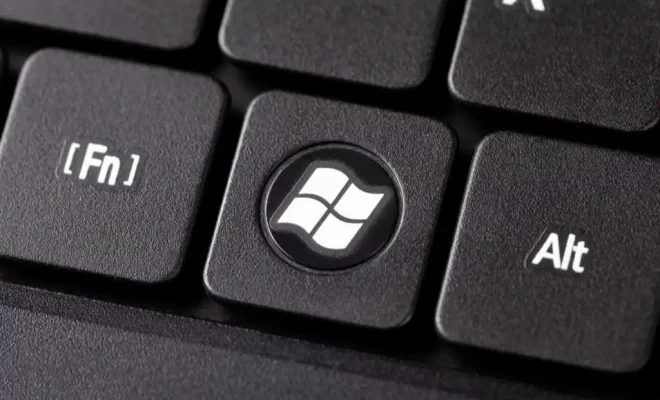Your Guide to the Windows Function Keys

Windows function keys are a set of keys that provide quick access to various features and settings in Windows operating systems. With just a press of a button, users can execute specific functions on their computers without having to navigate through different menus and options.
If you’re new to Windows or not familiar with the function keys, this guide will give you an overview of what each key does and how it can improve your productivity.
F1 – Help
The F1 key is primarily used for accessing the help feature within Windows. Pressing F1 will launch the help window, and users can search for topics related to the issue they’re experiencing.
F2 – Rename
The F2 key is used for renaming files and folders. Select the file or folder and press F2 to activate the rename feature. This saves time from right-clicking and selecting “Rename.”
F3 – Search
The F3 key is used to launch the search feature in Windows. This allows users to search for files and folders without having to manually navigate through different folders.
F4 – Address Bar
The F4 key is used to activate the address bar in Windows Explorer. This allows users to type in the path of the file or folder directly rather than navigating through different folders.
F5 – Refresh
The F5 key is used to refresh the current window. This is useful when there are changes made to the file or folder, and the user wants to see the updates without closing and reopening the window.
F6 – Tab Navigation
The F6 key is used for tab navigations. When there are several tabs open in a web browser or document, pressing F6 will move the cursor from one tab to another.
F7 – Spell Check
The F7 key is mainly used for spellchecking in Microsoft Word. When users press F7, the program will scan through the document for any errors and provide suggestions for corrections.
F8 – Safe Mode
The F8 key is used to enter Safe Mode during Windows startup. Safe Mode is a diagnostic mode that only loads essential drivers and services in case of a startup issue.
F9 – Quick Link
The F9 key is used for quick links in Microsoft Outlook. Users can assign frequently used links to F9 for easy access.
F10 – Menu Bar
The F10 key is used to activate the menu bar in Windows Explorer. This allows users to use the keyboard shortcuts for specific functions instead of using the mouse to navigate through the menu.
F11 – Full Screen
The F11 key is used to activate the full-screen mode in web browsers, such as Google Chrome and Mozilla Firefox. This allows users to view web pages without any distractions.





